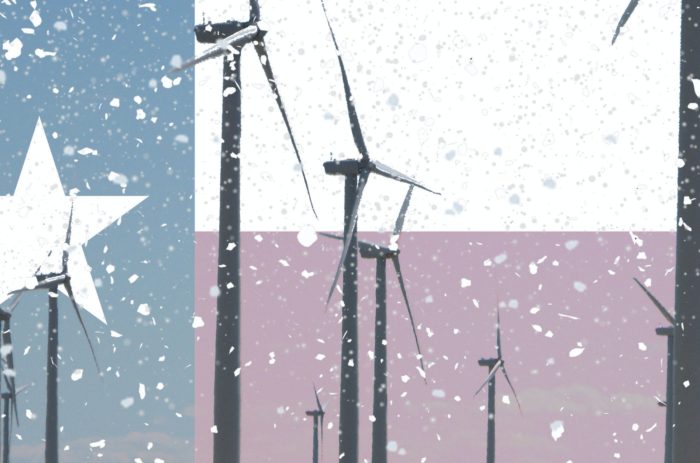redo Jump to...
print Print...
(NOTE: This article was first published 5/25/07)
(by Oliver North, HumanEvents.com) – Hickam Air Force Base, Hawaii — Back in the early 1950’s, when I was a kid, we called it “Decoration Day.” Early in the morning of May 30th, the Boy Scouts placed little American flags on the graves of those who had served in wars past. Veterans — among them, our mailman, who had fought in World War I — came door-to-door, selling red poppies. There was a parade down Main Street, led by a color guard and the high school band. At the town baseball field, speeches were made, prayers were said — and we were all reminded of the sacrifices made by those who had gone into harm’s way on our behalf. It was a solemn, sacred affair — for which I admit to no small amount of nostalgia.
In the aftermath of Vietnam — the war we wanted to forget — much of that changed. In 1971, Congress passed the National Holiday Act — turning Memorial Day into just one more three-day weekend. After that, the spirit of the day dissipated and the holiday became little more than an opportunity for half-price sales at the local mall.
Yet, here in Hawaii, Memorial Day still seems to have a special meaning. Some say that’s because the Aloha state boasts more than 100,000 military personnel and their dependents among 1.3 million residents. Others claim it is because of what happened here on December 7th, 1941 — when 2,388 Americans perished in a surprise attack perpetrated by the Imperial Japanese Navy. I’m convinced it’s some of both. This place is full of people who believe in a quaint notion: never forget.
For the past week our FOX News “War Stories” team has been here in Hawaii documenting the work of JPAC — the Joint POW/MIA Accounting Command — the U.S. military unit responsible for recovering and identifying the 88,000 Americans who have been declared missing in action since the start of World War II. Their commitment to “never forget” is an inspiring lesson for any Memorial Day.
The designation “MIA” — missing in action — can be devastating for the family of any member of the U.S. Armed Forces. It can mean a lifetime of uncertainty about what happened to a loved one. But for the dedicated sleuths here at JPAC, thousands of American families would never know what happened to their missing soldier, sailor, airman, Guardsman or Marine.
Begun in 1973 as an effort to account for thousands of MIAs and POWs from Vietnam, JPAC is the smallest Joint Command in the U.S. military — only 445 members — yet it boasts the world’s largest skeletal forensic laboratory. The scientists, anthropologists, historians and active duty personnel here are devoted to just one purpose: finding and bringing home missing American servicemen.
The task of finding the fallen can be daunting — and sometimes downright deadly. JPAC Investigation and Recovery Teams traverse trackless deserts, negotiate snake infested jungles; plumb watery depths and scale remote mountain ranges — all to find a single MIA. Once on site, a team may spend weeks of painstaking detective work, sifting soil — literally leaving no stone unturned — hoping to find the remains of Americans who fought and died on that very ground.
When human remains are found they are returned to the laboratory here in Hawaii where scientists use cutting edge forensic technology to positively identify each missing American. For many families of the fallen, questions they’ve been asking for years are finally answered. And though the tools they use at JPAC are astonishingly sophisticated, the goal of everyone here is remarkably simple: to leave no one behind.
Because the people who work at JPAC are world-renowned experts at forensic identification, they are often called upon to assist in everything from criminal cases to natural disasters to horrific mass casualty calamities. After the attack on September 11, 2001, JPAC personnel were sent to ground-zero in New York City, to the Pentagon in Washington and to Somerset, Pennsylvania. When an Indian Ocean tsunami killed more than 200,000 people on December 26, 2004, JPAC personnel were dispatched to aid in identifying the dead. Yet, despite their involvement in these high-profile events, everyone here insists that their greatest satisfaction is in finding and returning missing American servicemen.
With young Americans once again fighting a brutal enemy far from home, it’s significant that no other country has anything like JPAC. And no nation devotes more time, treasure and talent to bringing their fallen home as does the United States. Thanks to the men and women of JPAC, every member of our Armed Forces serving in harm’s way can be certain that they will never be forgotten. The commitment here — to re-unite families with those who have fallen, to no more unknown soldiers, to leave no one behind — is uniquely American. It’s a comforting thought on Memorial Day.
Lt. Col. North (Ret.) is a nationally syndicated columnist and the author of “War Stories: Operation Iraqi Freedom,” “War Stories II: Heroism in the Pacific” and “War Stories III: The Heroes Who Defeated Hitler.” Lt. North hosts “War Stories” on Fox News Channel.
Copyright ©2007 HUMAN EVENTS. All Rights Reserved. First published at Human Events on May 25, 2007. Reprinted here May 19, 2011 with permission from Human Events.com.
Questions
1. What is JPAC?
2. What is the mission of JPAC? (see para. 6)
3. What is the goal of every person who works at JPAC? (see para. 8, and FAQ on the JPAC website)
4. What is the main idea of Oliver North’s commentary?
5. a) What do you think about the work of JPAC? Explain your answer.
b) Ask a parent, and a grandparent, the same question.
Background
- 88,000 Americans have been declared missing in action since the start of WWII.
- 78,000 of these are from WWII, 35,000 of whom are deemed ‘not recoverable’ as they were lost at sea.
- There are approximately 8,100 service members still unaccounted-for from the Korean War. Of that total, it is estimated that approximately 5,100 are located in North Korea. (from one of the FAQ pages at JPAC)
- After the Viet Nam War, following the Paris Peace Accords of 1973, 591 U.S. prisoners of war were returned during Operation Homecoming.
- The U.S. listed about 1,350 Americans as prisoners of war or missing in action and roughly 1,200 Americans reported killed in action and body not recovered.
- By the early 1990s, this had been reduced to a total of 2,255 unaccounted for from the war, which constituted less than 4 percent of the total 58,152 U.S. service members killed.
- This was by far the smallest proportion in the nation’s history to that point.
- About 80 percent of those missing were airmen who were shot down over North Vietnam or Laos, usually over remote mountains, tropical rain forest, or water; the rest typically disappeared in dense, confused fighting in jungles.
- Investigations of these incidents have involved determining whether the men involved survived their shootdown, and if not efforts to recover their remains. (from wikipedia)
Resources
Visit JPAC’s website at jpac.pacom.mil.

